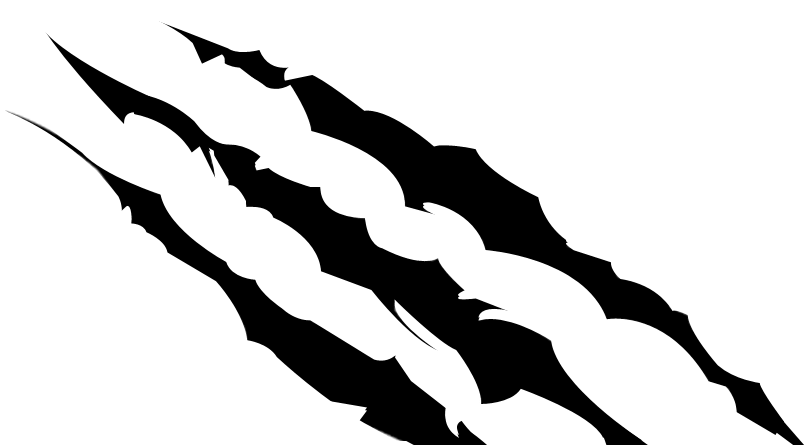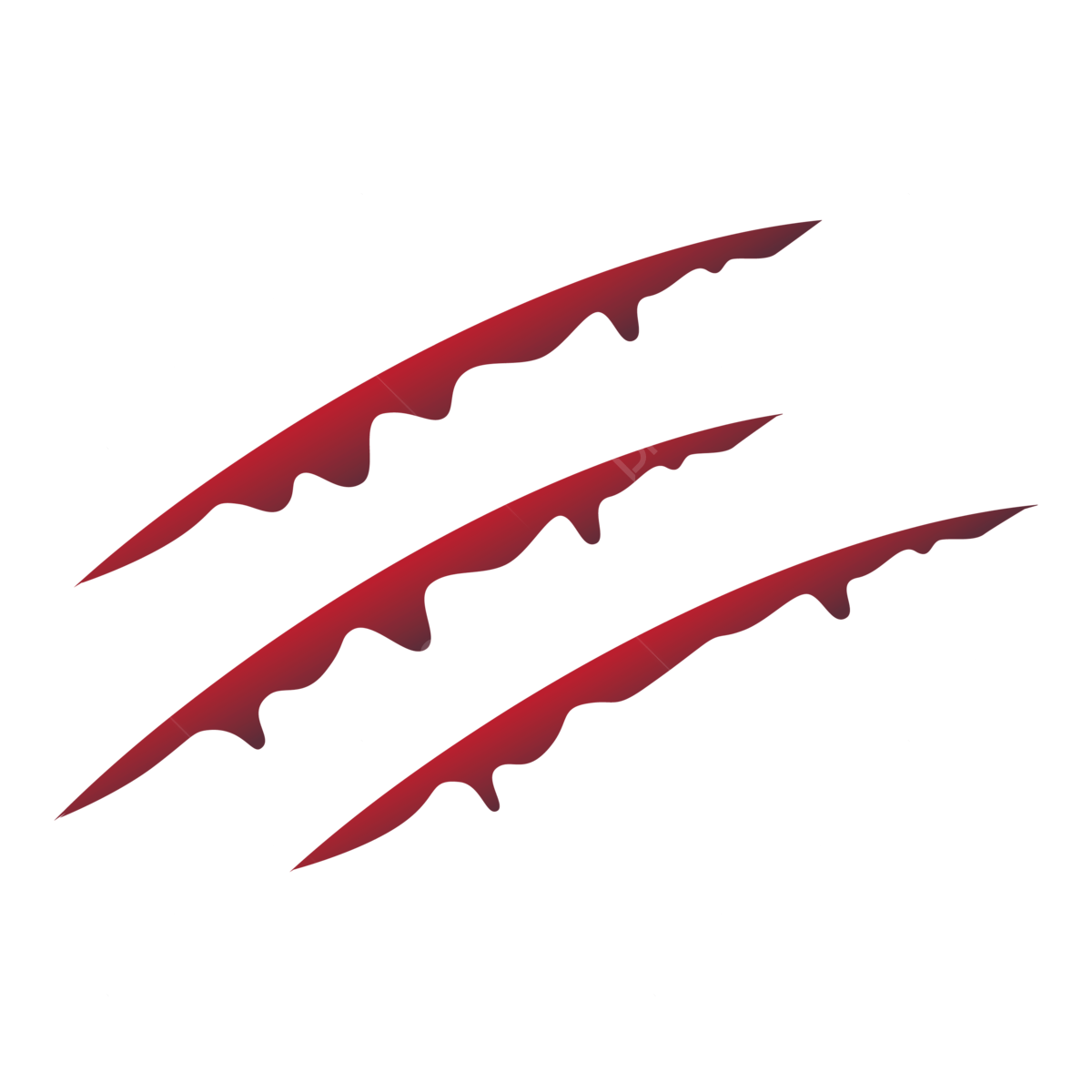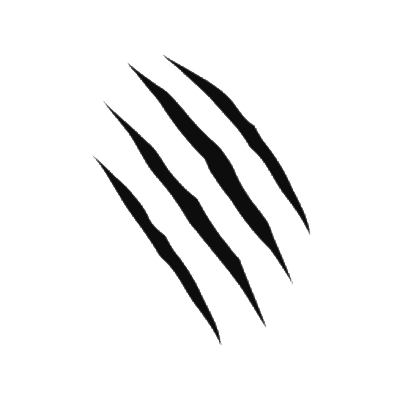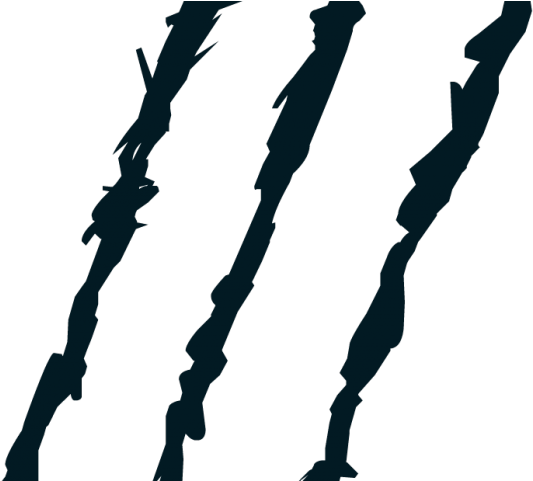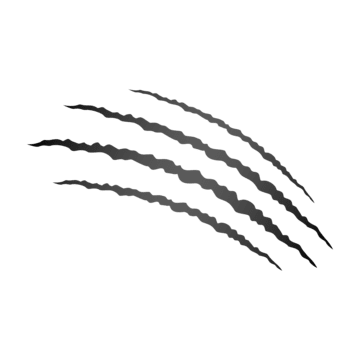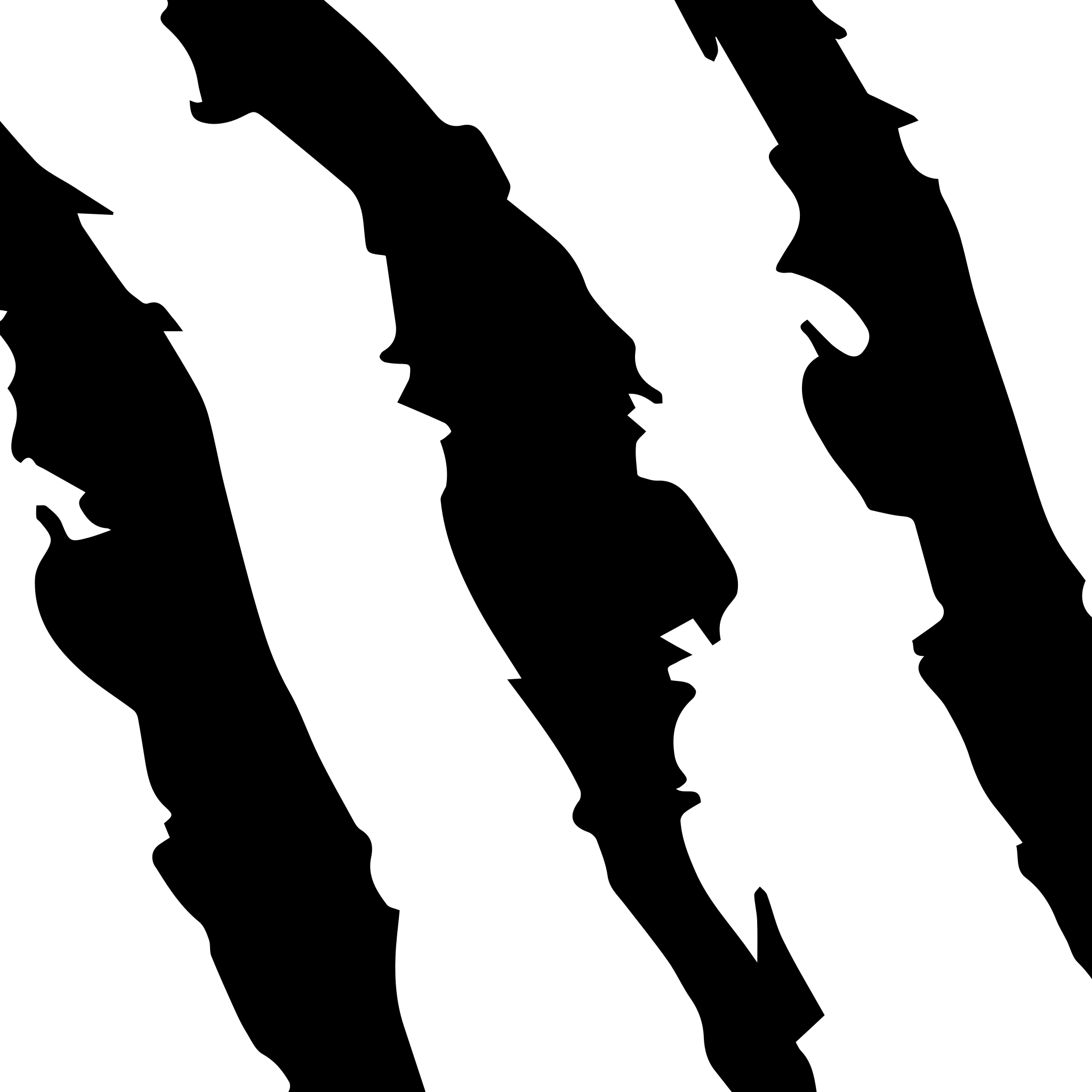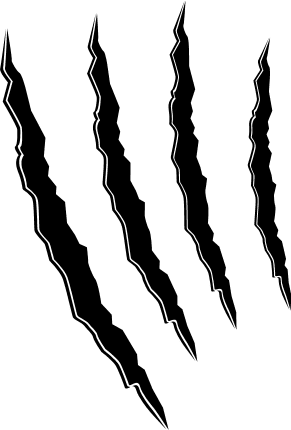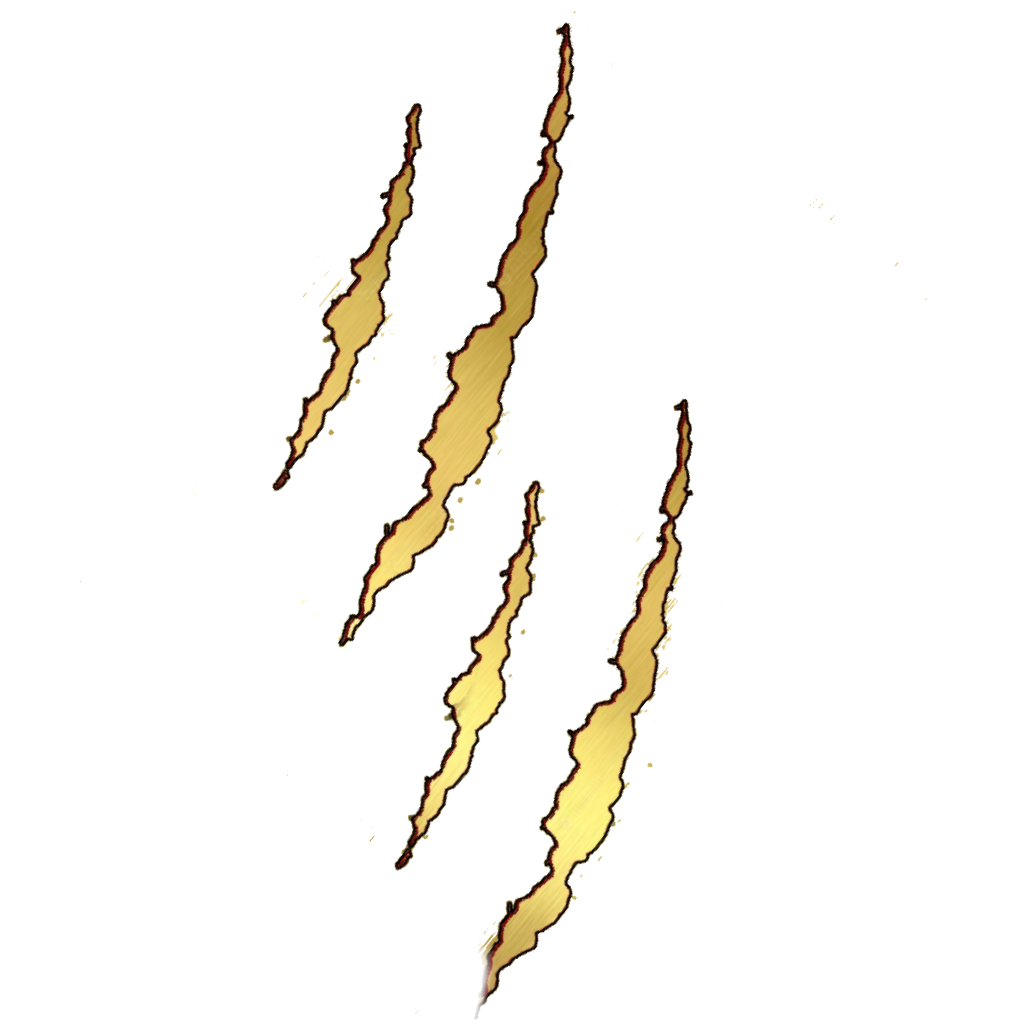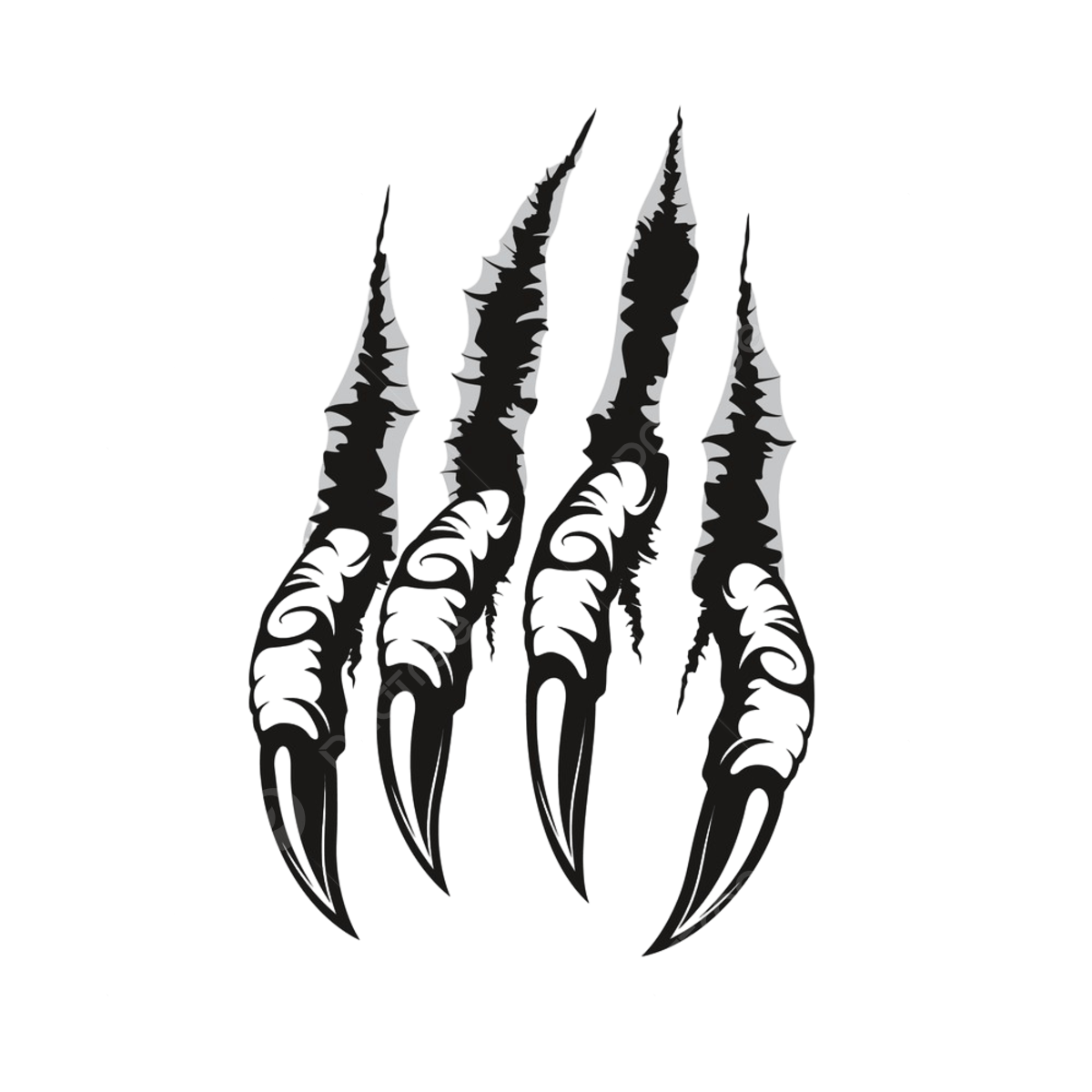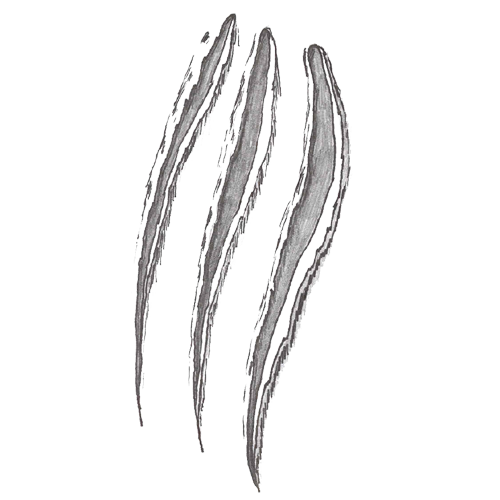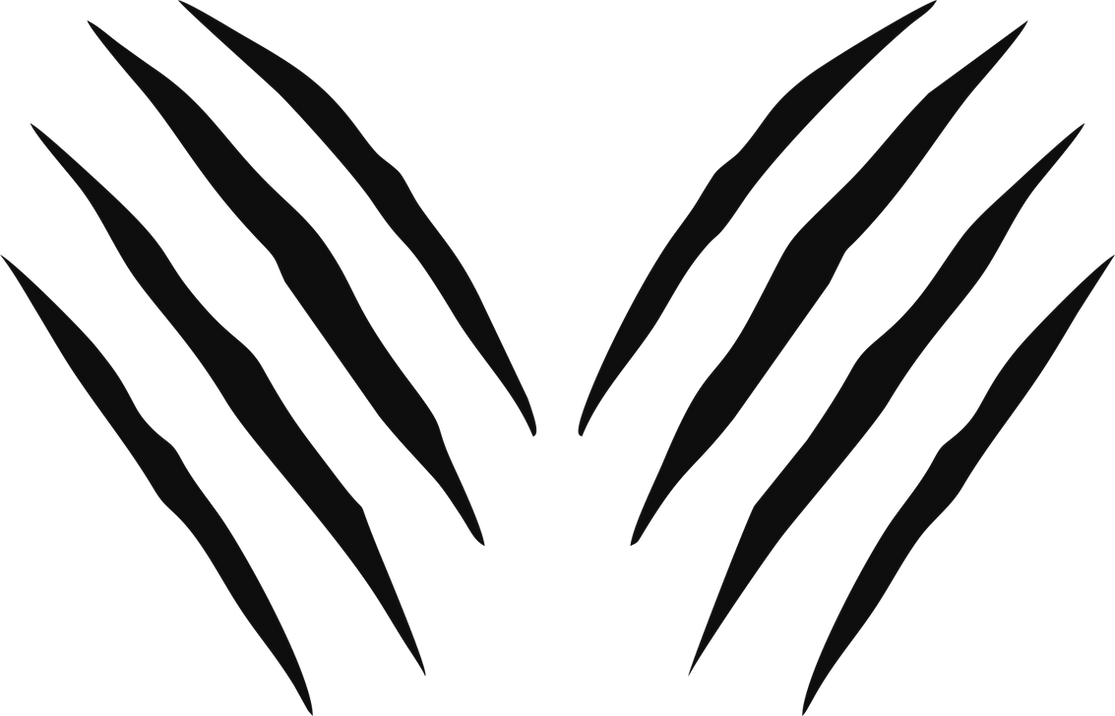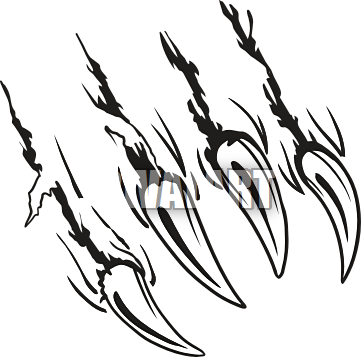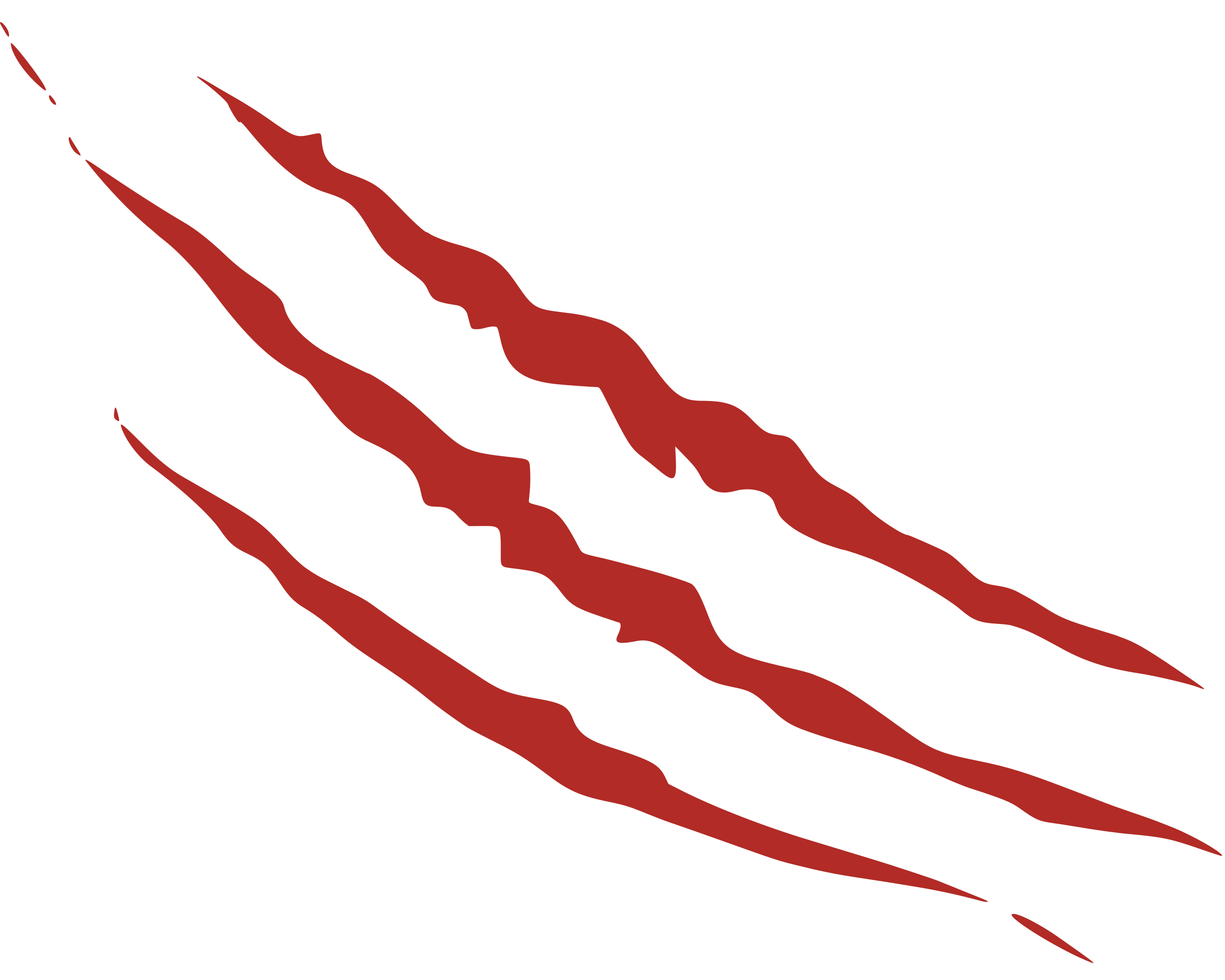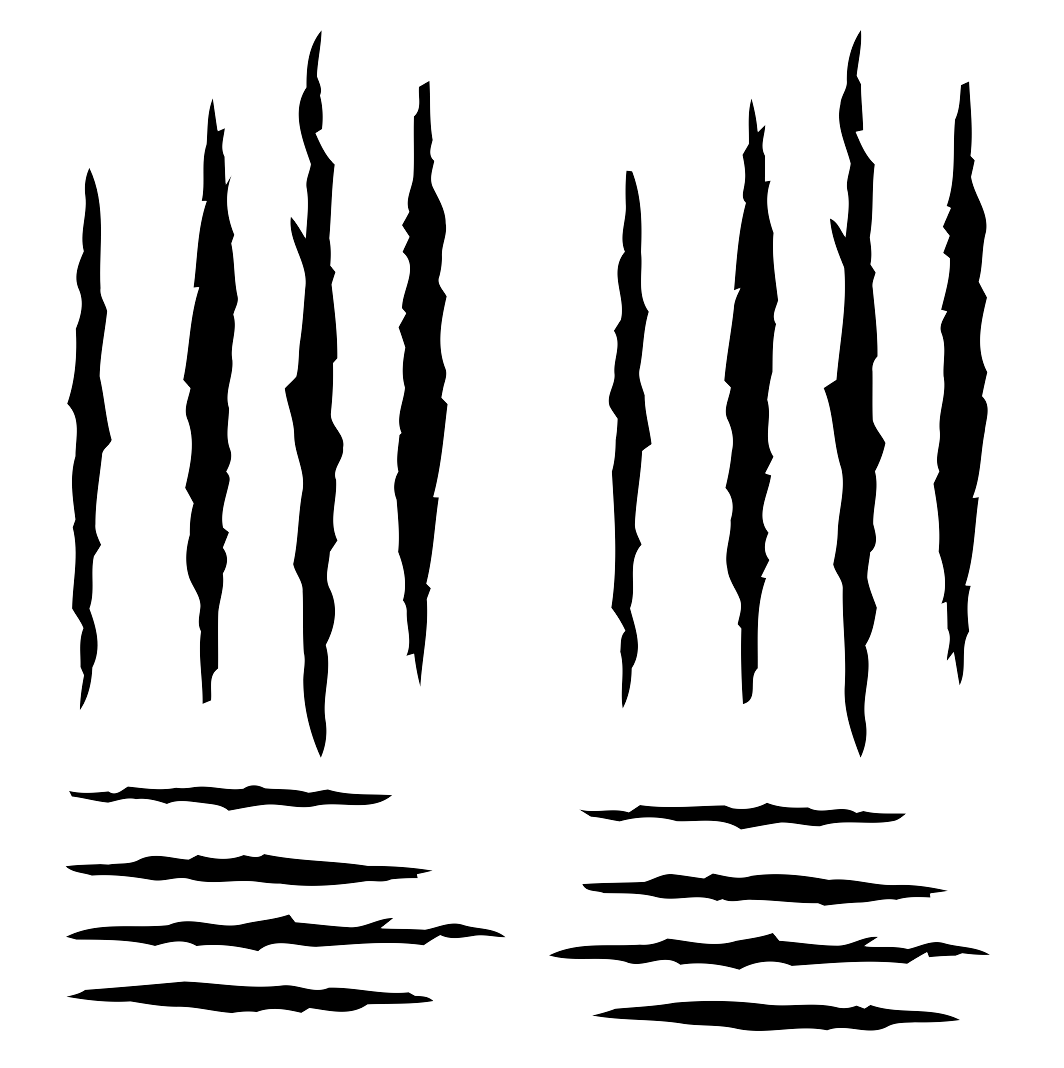Download top and best high-quality free Claw Mark PNG Transparent Images backgrounds available in various sizes. To view the full PNG size resolution click on any of the below image thumbnail.
License Info: Creative Commons 4.0 BY-NC
Claw marks can be found in various places, from the bark of trees to the skin of animals. They are a visible sign of a predator’s presence or a wild animal’s natural behavior.
Claw marks, also known as scratches or gouges, are typically caused by sharp, hooked nails or talons. These marks can provide a wealth of information about the animal that made them, such as the size, strength, and behavior of the animal.
Types of Claw Marks
There are two main types of claw marks: incised marks and puncture marks. Incised marks are scratches that go deep into the surface, while puncture marks are small holes made by the tips of the claws.
Incised marks are typically made by larger animals with sharp claws, such as bears, big cats, or wolves. Puncture marks, on the other hand, are often made by birds of prey or small predators, such as foxes or raccoons.
Functions of Claw Marks
Claw marks serve several functions in the animal kingdom. For predators, they are a way to mark their territory, establish dominance, or communicate with other animals. For prey, they are a sign of danger and a warning to stay away.
In some cases, claw marks can also serve as a means of defense. For example, when threatened, a porcupine will raise its quills and lash out with its claws, leaving deep puncture marks on its attacker.
Interpreting Claw Marks
Interpreting claw marks can provide valuable insight into the behavior of animals in the wild. For example, if claw marks are found near a food source, it could indicate the presence of a predator that is hunting in the area.
Similarly, the size and shape of the claw marks can provide clues about the animal that made them. For instance, if the marks are deep and long, it could suggest a large predator, such as a bear.
In some cases, scientists can even use claw marks to track the movement of animals over time. By analyzing the direction and pattern of the marks, researchers can determine the animal’s speed, gait, and behavior.
Claw Marks and Wildlife Conservation
Claw marks play an important role in wildlife conservation, as they provide evidence of the presence of endangered or threatened species. By studying claw marks, researchers can identify areas where these animals are living and develop conservation strategies to protect them.
However, it is important to note that not all claw marks are made by wild animals. In some cases, domestic animals or humans may be responsible for the marks. Therefore, it is crucial to properly identify the source of the marks before making any conclusions or developing conservation plans.
Claw marks are a fascinating and informative part of the natural world. They serve as a visible record of animal behavior in the wild and can provide valuable insight into the movements and habits of various species.
Whether you’re an expert wildlife researcher or simply an avid nature enthusiast, taking the time to explore and understand claw marks can enhance your appreciation for the natural world and all its intricacies.
Download Claw Mark PNG images transparent gallery
- Claw Mark PNG Image
Resolution: 804 × 445
Size: 29 KB
Image Format: .png
Download
- Claw Mark PNG Images HD
Resolution: 1200 × 1200
Size: 165 KB
Image Format: .png
Download
- Claw Mark PNG Images
Resolution: 530 × 530
Size: 71 KB
Image Format: .png
Download
- Claw Mark PNG Photo
Resolution: 400 × 400
Size: 35 KB
Image Format: .png
Download
- Claw Mark PNG Photos
Resolution: 533 × 481
Size: 36 KB
Image Format: .png
Download
- Claw Mark PNG Pic
Resolution: 360 × 360
Size: 6 KB
Image Format: .png
Download
- Claw Mark PNG Picture
Resolution: 2048 × 2048
Size: 92 KB
Image Format: .png
Download
- Claw Mark PNG
Resolution: 349 × 360
Size: 34 KB
Image Format: .png
Download
- Claw Mark Transparent
Resolution: 929 × 1280
Size: 80 KB
Image Format: .png
Download
- Claw Mark
Resolution: 291 × 430
Size: 9 KB
Image Format: .png
Download
- Claw Mark Background PNG
Resolution: 2500 × 2395
Size: 117 KB
Image Format: .png
Download
- Claw Mark No Background
Resolution: 1024 × 1024
Size: 201 KB
Image Format: .png
Download
- Claw Mark PNG Clipart
Resolution: 1200 × 1200
Size: 416 KB
Image Format: .png
Download
- Claw Mark PNG Cutout
Resolution: 500 × 500
Size: 152 KB
Image Format: .png
Download
- Claw Mark PNG File
Resolution: 1115 × 716
Size: 159 KB
Image Format: .png
Download
- Claw Mark PNG Free Image
Resolution: 361 × 357
Size: 63 KB
Image Format: .png
Download
- Claw Mark PNG HD Image
Resolution: 2560 × 2048
Size: 136 KB
Image Format: .png
Download
- Claw Mark PNG Image File
Resolution: 1064 × 1068
Size: 98 KB
Image Format: .png
Download
- Claw Mark PNG Image HD
Resolution: 1200 × 1697
Size: 41 KB
Image Format: .png
Download
